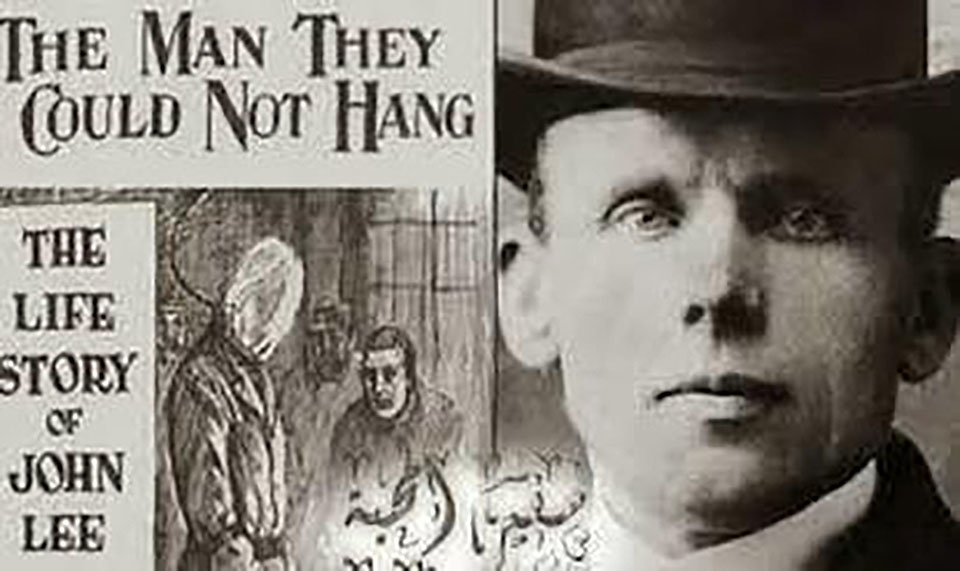

In 1884, John “Baccacombe” Lee was employed as a footman in a Torquay residence when the mistress of the house Emma Keyse was found dead with her throat cut. A fire had been started deliberately to try and conceal the crime, according to police. Armed only with circumstantial evidence and an unexplained cut on the suspect’s arm, police arrested Lee even as he protested his innocence.
The following year Lee was found guilty of the murder at Exeter Assizes and sentenced to death. He told the judge, “The reason I am so calm is that I trust in the Lord and he knows that I am innocent.” What followed next has caused controversy for a hundred and fifty years. Myths and legends have grown up and Lee himself subsequently embellished his strange tale to make money. But, as the story goes, Lee was taken to the scaffold three times and each time the trap door failed to open. His sentence was then commuted to life imprisonment by the home secretary Sir William Harcourt.
Explanations have included the suggestions that the Almighty saved innocent Lee from an unjustified hanging or that a prisoner earlier cleaning the apparatus had deliberately jammed the trap door mechanism. To add to the confusion, some reports said Lee had been led to the gallows only twice and not three times after all. One witness claimed that Lee went willingly to the scaffold and even smiled as the hood was placed over his head.
The most convincing theory is perhaps that the hanging scaffold had recently been moved to another area of the prison and that trap door release mechanism had become out of sync. On the other hand, executioner James Berry said he had tested the scaffold with a bag of sand prior to the attempted execution and nothing was amiss. A prison officer at the scene later blamed rust for interfering with the smooth operation. Nobody will ever know for sure.
Lee served 22 years in jail and was released in 1907. He married and had one (or two) children. He worked in Ye Olde King’s Head in Lambeth, London, telling all and sundry about his wondrous escape from the hangman’s noose. He is said to have deserted his family and sailed to New York in 1911 with his mistress Adelina Gibbs. During the depression-era he worked as a shipping clerk for a truck company, dying at the age of 80 in 1945. He was apparently buried in Forest Home Cemetery, Milwaukee.
Another theory is that he never went abroad but abandoned his wife and worked in a workhouse, surviving the second world war and still based in London. Whatever the truth, Lee does not appear to have been a devoted family man whether or not he was a murderer. But you have to wonder what it must have been like to survive the attempted hangings and then having to serve so many years in prison. Lee himself described the experience as “moving from one tomb to another”. It’s certainly a unique tale in the history of British capital punishment.
 |
 |
 |





